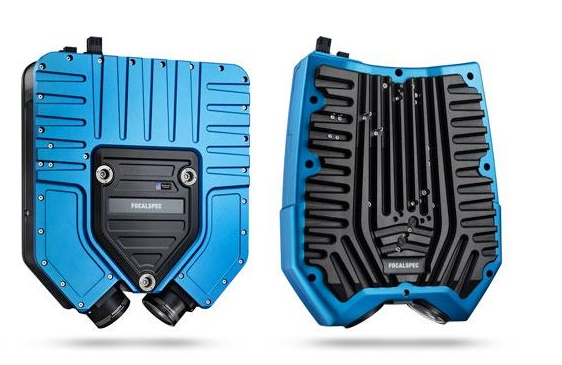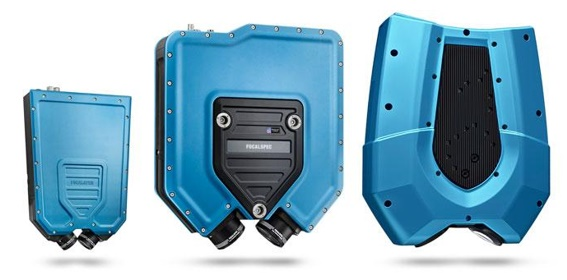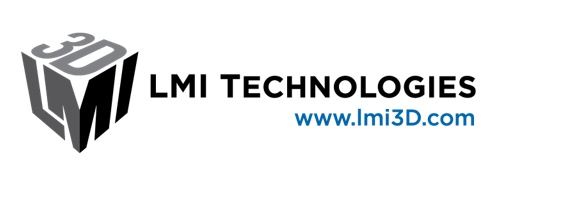Microscopic-scale dimensions and tomographic structures can be measured using a technology called Line Confocal Imaging, or LCI for short.
Based on an optical method called lateral chromatic aberration, LCI technology splits white light emitted from a sensor’s transmitter into a continuous spectrum of wavelengths. A perpendicular focal plane is formed by focusing each wavelength on the measured surface at a certain distance from the sensor.
Line Confocal Imaging Working Principle
A powerful white LED within the transmitter of a Line Confocal Sensor functions as the light source. All the visible wavelengths are contained in the light and it goes through the illumination optics. The light is separated by the optics into different wavelengths and horizontal lines of each wavelength at different heights are projected onto the surface of the target.
Various optical elements, for example slits and prisms, are contained within the imaging optics in the receiver. These collect wavelength and intensity data from each horizontal line and data is then transferred into the spectral camera.
The dominant wavelength and highest intensity information of each data point form the basis of CMOS arrays in the camera. The distance between the transmitter and each of the measured points directly impacts the dominant wavelength that is reflected to the sensor’s receiver.
The entire focal plane is reflected onto the receiver and thousands of measurement points are analyzed by the sensor at once. The 2D and 3D images are generated based on the software’s CMOS data.
Focalspec Line Confocal Imaging explanation video
Animation on working principle of Line Confocal Imaging technology
Advantages of Using LCI Technology
- No additional filtering is required for analyses: raw data forms the basis for the imaging
- It is possible to measure any color combination be it matte, glossy, dark or light
- It is possible to measure all surface types whether it is mirror-like, glossy, transparent, translucent, curved, convex, concave, soft, fragile or porous
- Laboratory-level resolution and accuracy are provided for high-speed imaging
Applications of LCI Technology
3D topography, 3D tomography and 2D intensity imaging all make use of Line Confocal Imaging technology in challenging applications that require sub-micron resolution and high measurement speed.
LCI technology is most commonly applied for:
- Measuring curved edge mobile phone displays
- Analyzing roughness of transparent and non-transparent surfaces
- Detecting defects on multilayer components
- Analyses of offset, step height, layer thickness, air gaps, clearance, distance, angle, area, volume, and coplanarity within a range of different industries
- Analysis of burr height in the metal industry
- Analysis of seal integrity of medical packages
- Numerous analyses in printed, hybrid, flexible, and organic electronics
Key Figures of Line Confocal Imaging Technology
- Maximum repeatable resolution in Z (height): 0.11 μm
- Maximum Z range: 5.5 mm
- Maximum measurement speed: 5000 lines per second (5 kHz)
- Maximum measurement profile line length: 16.4 mm
- Number of simultaneously measured points: 2048


This information has been sourced, reviewed and adapted from materials provided by LMI Technologies.

This information has been sourced, reviewed and adapted from materials provided by LMI Technologies.
For more information on this topic visit lmi3d.com.